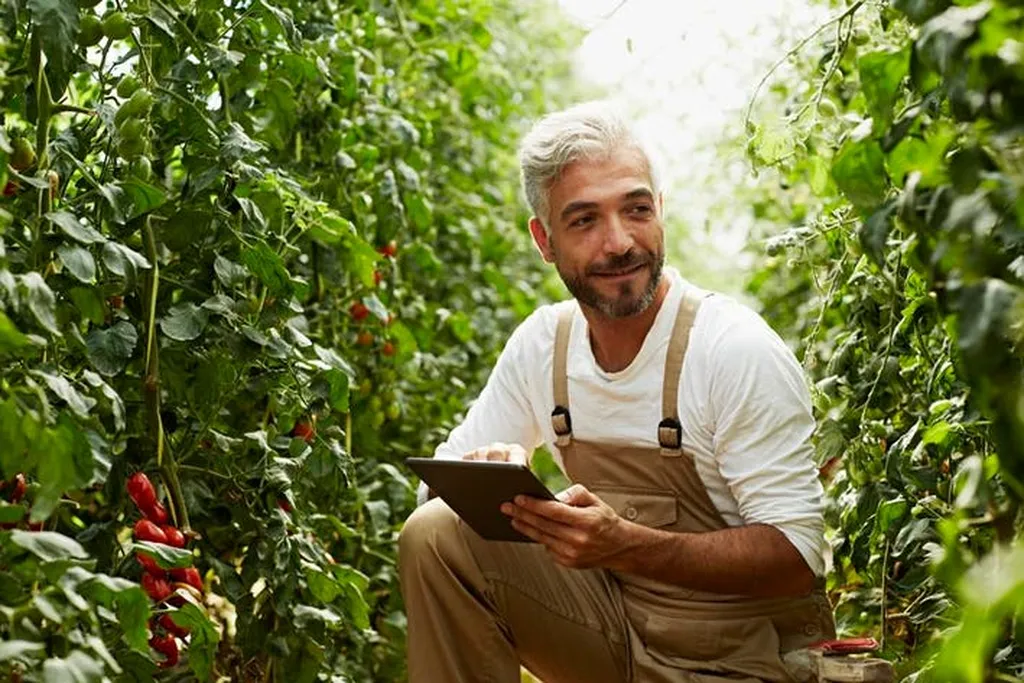A hands-on program blending agricultural technology, artificial intelligence, and storytelling is giving students a new way to engage with innovation in farming—while addressing one of the sector’s persistent challenges: communicating complex advancements to the public.
Through a partnership with the nonprofit *Farms to Incubators*, three students—two undergraduates from UC Merced and a recent graduate from California State University, Monterey Bay—spent the past year documenting the development of an AI-driven crop irrigation system in Parlier, California. The project, led by founder and chief content director Amy Wu, was designed not only to teach students about agtech but to equip them with the skills to explain it effectively to diverse audiences, from curious consumers to farmers grappling with climate pressures.
Wu structured the program as a “menteeship,” combining training in digital storytelling, science communication, and journalism with direct exposure to the AI system’s real-world application. Students attended workshops on interviewing and writing, while a guest speaker series connected them with leaders in agricultural technology, many of them women. The goal? To produce a multimedia package—articles, photos, and videos—that could demystify the technology and highlight its potential impact on water conservation.
For the students, the experience bridged technical expertise with unexpected lessons in collaboration and public engagement. Anvi Kudaraya, a computer science and engineering undergraduate at UC Merced, dove into the system’s architecture, analyzing sensor data and writing Python scripts to process real-world datasets. But she also found herself revising articles for publication and photographing the farm—a departure from her usual work. “I learned how important it is to connect technology to a broader purpose,” Kudaraya said, noting that the project underscored the human dimensions of AI in agriculture. “It’s not just a technical challenge. It’s about communication, community engagement, and making the technology meaningful.”
Savio Jabbo, another computer science and engineering major, echoed that sentiment. While he was familiar with the behind-the-scenes labor of research, seeing the irrigation system’s tangible effects—even on a small scale—drove home the need for clearer public storytelling. “Usually, this kind of work goes unnoticed,” Jabbo said. “But when you see the impact, it feels like the whole world should know about it.”
The program’s focus on communication reflects a broader gap in agtech: even as innovations like AI-driven irrigation emerge to tackle critical issues such as water scarcity, their adoption hinges on farmers, investors, and policymakers understanding their value. Wu’s initiative aims to cultivate a new generation of communicators who can translate technical details into compelling narratives. “We wanted to expose young people to the possibilities of communicating food and farming,” she said. “For a pilot, it went very well—better than expected.”
The implications extend beyond the classroom. As climate change intensifies pressure on water resources, technologies that optimize irrigation could play a key role in sustainable farming. But their success depends not only on functionality but on trust and accessibility—areas where effective storytelling can make a difference. By training students to document and explain these systems, the program suggests a model for closing the gap between innovation and real-world implementation.
For participants like Kudaraya and Jabbo, the experience also offered a glimpse into careers that merge technical skills with public engagement—a combination that could prove increasingly valuable as agtech evolves. As Kudaraya put it, “AI in agriculture isn’t just about coding. It’s about people, too.”

